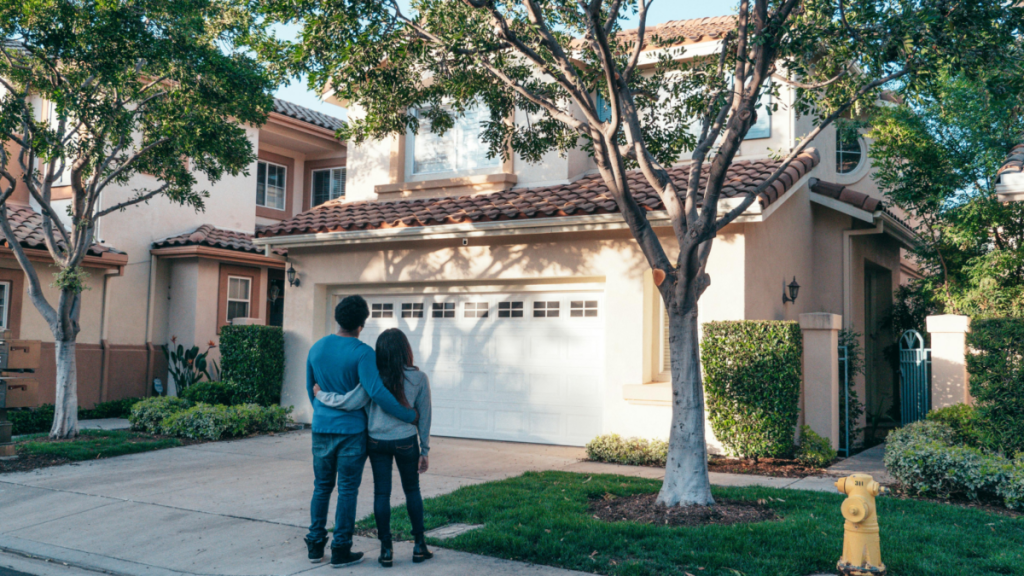Indra Energy: 5 simple ways homeowners can invest in a more sustainable future

Photo by Kindel Media on Pexels
Opinions expressed by Digital Journal contributors are their own.
Surveys find that 78% of Americans claim a sustainable lifestyle is important to them. But turning the desire for sustainability into meaningful action can often be difficult — particularly when it comes to homes.
The home is a major source of personal emissions. The EPA estimates that the average home produces 7.45 metric tons of CO2 per year, with most of those emissions tied to electricity and natural gas use.
Because of this, households concerned about sustainability must look at eco-minded investments into their own property. As Jeff Rodgers, chief marketing officer of Indra Energy, a provider of renewable energy plans, explains, there are several ways they can do exactly that.
1. Make use of renewable energy credits
When most homeowners think of sustainable home energy investments, they tend to focus on things like installing solar panels. However, this isn’t always a feasible option — whether because of the roof’s size and orientation, shade or even HOA restrictions.
As Rodgers explains, this doesn’t lock homeowners out of renewable energy. “Renewable energy plans can pair your electricity usage with renewable energy certificates, which are derived from renewable sources. These same programs allow natural gas usage to be matched with carbon offsets. With this setup, you can continue to use your basic utility service like normal, but with the peace of mind knowing that you are now able to make use of renewable energy to lower your environmental impact.”
2. Address insulation issues and air leaks
While utilizing renewable energy is a valuable first step, addressing energy consumption issues in the home is also critical for lowering your home’s carbon footprint. The U.S. Department of Energy estimates that the average household can save 20% on heating and cooling expenses and as much as 10% on its total energy costs by sealing air leaks and ensuring the home has sufficient insulation.
“When your home is poorly insulated or has air leaks, your heating and cooling systems have to work harder to keep it comfortable,” Rodgers explains. “This can drastically drive up your energy costs, in addition to making your home less comfortable. Making sure that attics and walls are properly insulated, and that any leaks around doors and windows have been fixed with caulk or weather-stripping, will lower both your carbon footprint and your monthly utility costs.”
A home energy audit can help identify hidden areas of energy loss, but homeowners can also check for drafts and air leaks around common leak points like windows and doors and openings where utilities enter the home.
3. Install energy efficient appliances and fixtures
Another improvement that can reduce household energy consumption is to upgrade to energy efficient appliances and fixtures. Energy Star labeled products typically consume 30% less energy than non-energy efficient products. Switching to LED lightbulbs can also reduce electricity costs, while the bulbs themselves generally have a longer lifespan than incandescent bulbs.
Similarly, households can also reduce water consumption through the installation of low-flow fixtures. Low-flow sink faucets, shower heads and toilets are now readily available to help reduce daily water use. Many washing machines (particularly front-loaded models) have also been designed to provide the same wash quality while using less water.
4. Upgrade to a smart thermostat
Rodgers also recommends that homeowners upgrade to a smart thermostat for controlling their home’s heating and cooling. “Smart thermostats are designed to learn your daily routines over time,” he explains.
“This allows them to automatically adjust the temperature throughout the day based on when you’re home and away. Some systems even make use of geofencing to adjust temperatures in different parts of the home based on who is using it. These and other features allow smart thermostats to optimize your temperature control so you don’t waste energy.”
The continual learning and optimization of a smart thermostat, as well as the ability to adjust settings remotely, helps ensure that the home is always comfortable while still accounting for sustainability preferences.
5. Change energy usage habits
Some of the biggest changes that affect sustainability don’t involve the purchase of new equipment or switching energy sources. Instead, it simply requires that homeowners change their daily consumption habits.
“Sustainable habits can take practice to develop, but they can go a long way in addressing your long-term eco-friendliness,” Rodgers says. “For example, unplugging chargers and electronics when they’re not in use helps lower ‘phantom electricity’ consumption that we often forget about. Using a power strip to disconnect multiple devices when not in use can make it easier to remember to turn off unused devices. You can also take similar actions to reduce your water usage, like taking shorter showers or turning off the tap water while you’re brushing your teeth.”
Such actions may seem small, but their cumulative impact can make a major difference over time. Practice is required to make these steps a habit, but they can eventually become second nature for homeowners.
Simple actions make a difference
As Rodgers’examples reveal, many of the steps homeowners can take to reduce their environmental impact are surprisingly simple. Over time, however, such actions can significantly reduce the home’s emissions. When paired with eco-minded actions in other areas of life (such as shopping and transportation decisions), sustainability can become an integral part of every homeowner’s lifestyle.
Indra Energy: 5 simple ways homeowners can invest in a more sustainable future
#Indra #Energy #simple #ways #homeowners #invest #sustainable #future







